Lithium Battery Classification
In China, lithium batteries are primarily categorized by grade: Class A, Class B, and Class C. The distinction between Class A and Class B is crucial, differing not only in core performance but also directly impacting safety and application scenarios.

The following is a detailed comparative analysis:
-Class A lithium battery cells represent the highest quality standards in the industry, with key characteristics including:
1. Strict Production Standards
①Production is performed in strict accordance with customer specifications (capacity, dimensions, internal resistance, etc.), with all indicators meeting or exceeding national standards.
②To enhance competitiveness, some manufacturers even implement internal standards that are stricter than national standards.
2.High Performance
①High Capacity Retention: ≥85% capacity after 1000 charge/discharge cycles, with slow capacity degradation.
②Extremely low internal resistance (normally <100mΩ): High energy conversion efficiency, supporting high current discharges.
③Excellent Consistency: Parameters such as capacity and voltage within the same batch vary minimally, making them suitable for battery packs.
3.High Safety Assurance
①Passing over 17 safety tests, including puncture, crushing, and overcharge/over-discharge tests, while utilizing V0-rated flame-retardant materials.
②Eliminating the risk of leakage or short circuits, making it suitable for safety-critical applications such as electric vehicles and medical equipment.
4.Applications
High-end electronic products (mobile phones, laptops), original electric vehicle batteries, construction machinery, and industrial equipment.
-Class B lithium battery cells are considered "sub-standard" with certain defects:
1.Sub-standard Parameters
①At least one of the following: capacity, internal resistance, or dimensions, does not meet Class A standards (e.g., low capacity, high internal resistance).
②High defect rates: First-tier manufacturers have a Class B rate of approximately 2%, while second- and third-tier manufacturers can reach 5–10%.
2.Specific Defect Categories
①Appearance defects: Bumps and packaging flaws can lead to leakage or localized overheating with long-term use.
②Performance defects: including low capacity (insufficient active material), low voltage (micro-shorts leading to high self-discharge), and high internal resistance (wrinkled separators or insufficient electrolytes), which can affect battery pack consistency.
3.Source and Price
Some are manufacturing defects, while others are downgraded to Class B due to overstocked Class A inventory (3–6 months unsold). The price is only about 1/10 that of Class A, offering a significant cost advantage.
4. Application Risks
Suitable for low-end digital products with low performance requirements (such as cheap flashlights and toys), but there are safety risks such as bloating and premature failure.
The core difference between Class A and Class B lithium batteries. Are listed in the following table, which summarizes key differences:
| Comparison Dimensions | Class A Lithium Batteries | Class B Lithium Batteries |
| Key Parameters | Capacity/internal resistance/dimensions fully meet standards, with high consistency. | ≥1 parameter not meeting standards (e.g., decreased capacity, increased internal resistance). |
| Production and Sourcing | Custom-made to order, brand-new cells. | Defective products or overstocked inventory will be downgraded. |
| Safety performance | Passed 17+ rigorous tests, flame-retardant materials, no risk. | Leakage, short-circuit, and rapid aging . |
| Lifespan and Stability | Capacity ≥85% after 1000 cycles, with slow degradation. | Short cycle life, rapid performance degradation. |
| Applications | High-end electronics, electric vehicles, construction machinery, medical equipment. | Low-end digital products, devices with lower performance requirements. |
| Price | High. | approximately 1/10 that of Class A. |
Additional Notes
1.Relevance of Class C Cells
Class B cells may degrade to Class C cells after storage for more than 8 months, with only 50–60% of their capacity remaining. Also poses significant safety risks (e.g., bulging and leakage) and should be completely avoided.
2.Purchasing Recommendations
①For applications requiring high reliability (such as power batteries), must choose Class A and review the manufacturer's internal resistance and capacity test reports.
②For cost-sensitive applications with manageable risks (such as disposable equipment), Class B cells may be used with caution, but high-rate discharge scenarios should be avoided.
③For applications requiring long-term reliability and paramount safety, Class A cells are the one and only choice. While Class B cells are inexpensive, their potential safety risks and performance shortcomings make them suitable only for low-value, low-demand applications and products.
AOLITE solemnly promises and guarantees to exclusively use Class A cells in all its lithium-ion battery products and vehicles.
Recommended News
Hot News
-
Trusted AOLITE in Europe
2024-05-08
-
INTERMAT 2024, International Construction Machinery and Building Materials Machinery Expo in Paris, France
2024-04-26
-
The 2000th unit of AOLITE New Energy Electric Loader rolled off the production line and delivered: Review, current situation and prospects
2024-04-25
-
AOLITE Electric Loader Milestone: The 2000 th off-line delivery
2024-04-25
-
AOLITE 2024 new arrival ETL600 eletric telescopic mini loader,new energy high efficiency four wheel drive telescopic loader
2024-02-19
-
AOLITE backhoe loaders official enter European markets with EU stage V engine
2024-06-27


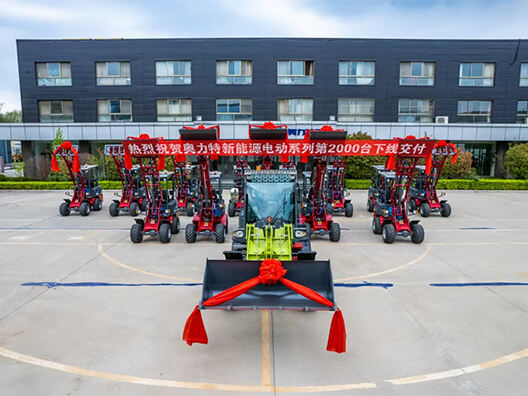


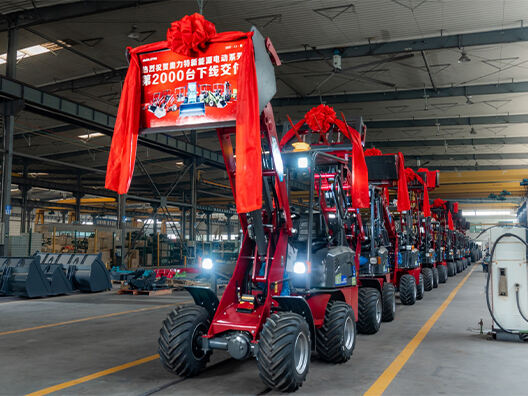

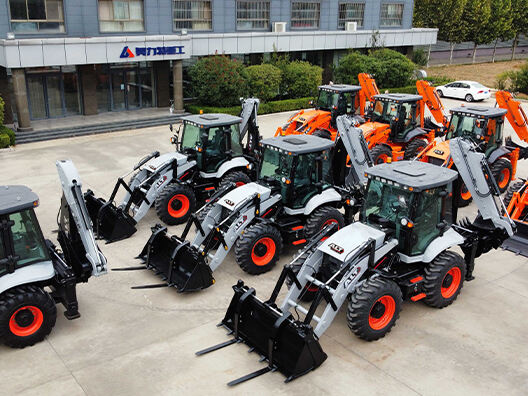
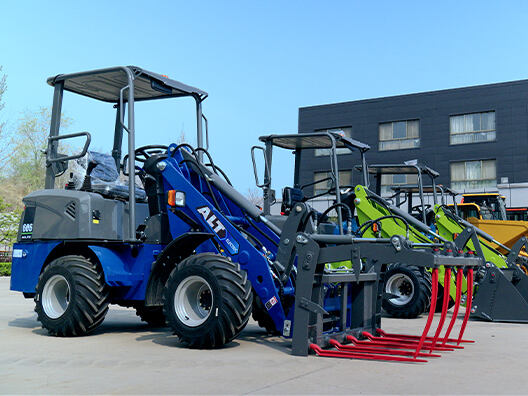
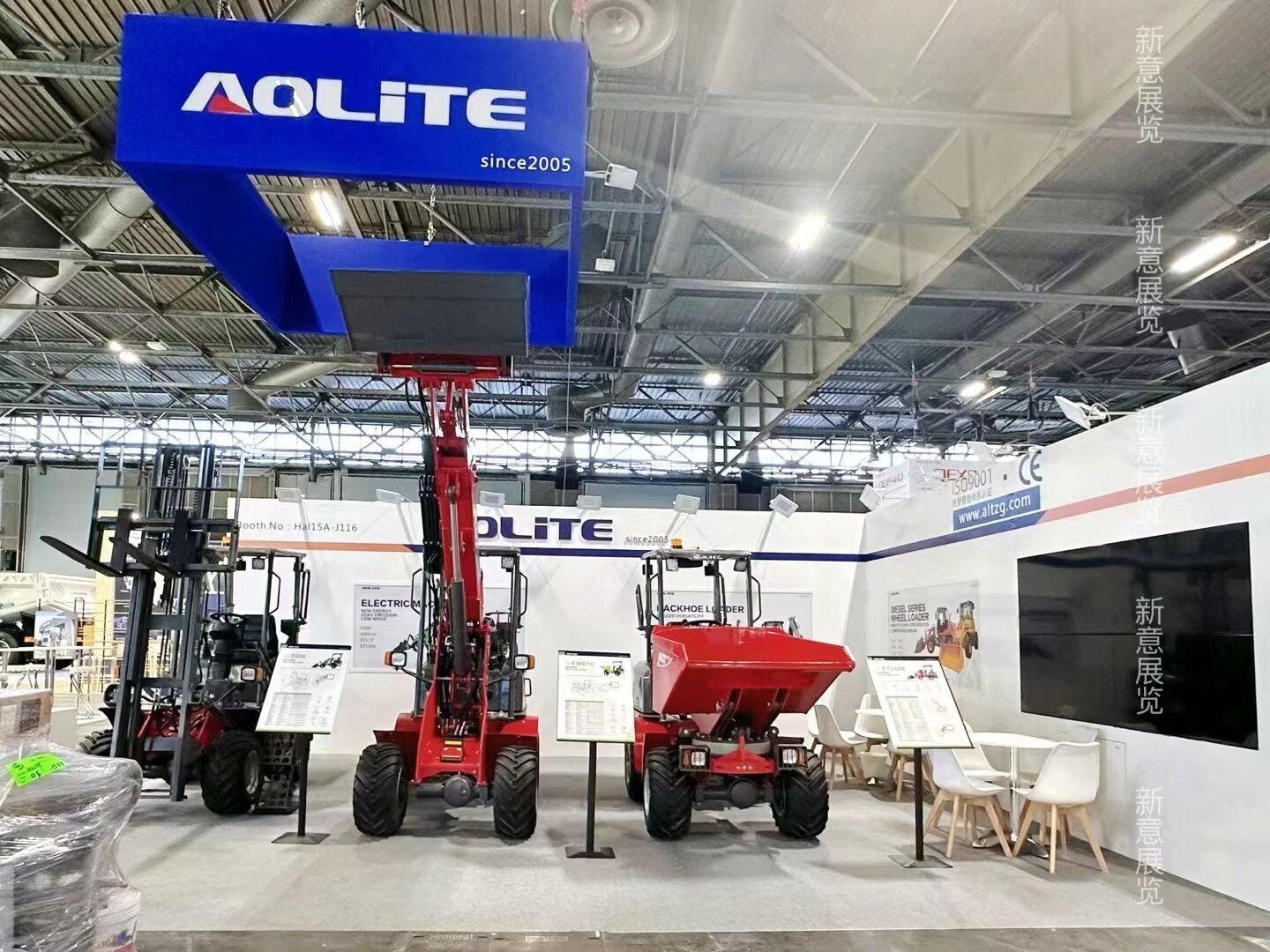


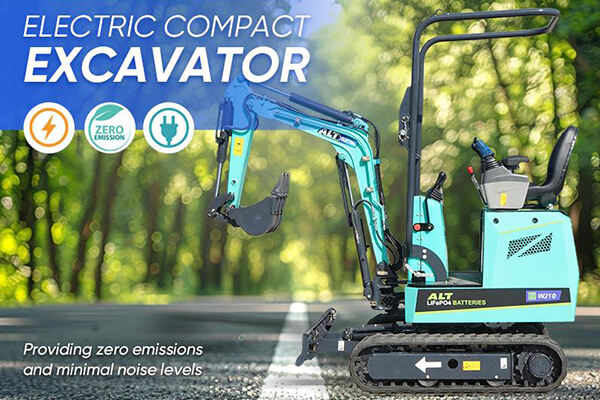
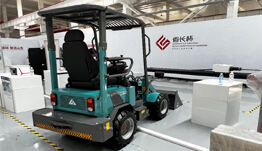
 Consult
Consult